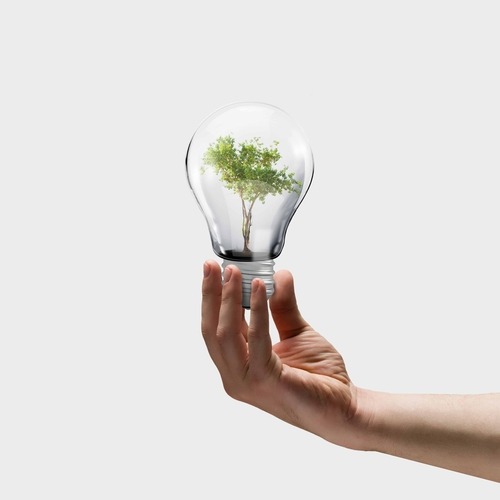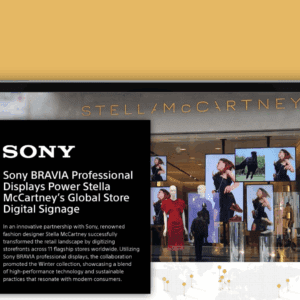By Alicia Fiorletta, Senior Editor

There are a variety of great brands out there that encourage green living and social responsibility. Take for example TOMS, which designs products out of recycled materials and then donates a pair of shoes to a needy person every time someone buys a pair.
As companies like TOMS and FEED share their goals and messages to the masses, consumers have become more conscious of green brands. Some have even seen green principles as a pre-requisite for buying from a specific brand or retailer.
In celebration of Earth Day, Influence Central conducted some great research to identify different types of green consumers. More importantly, the company investigated how these different profiles impact buying behaviors and brand preferences.
One thing is for certain: Consumers seek eco-friendly products to protect their loved ones. Nearly all (91%) respondents said they purchase green products before they’re concerned about their family’s health. Most people (73%) even conduct research to understand the safety of ingredients and products that their families are exposed to.
I think the above findings speak to a new reality. Consumers don’t just want green, natural and healthy products…they expect them. They want the cleaning products they use to be safe, and they expect the food they eat to be natural. In fact, 72% of consumers purchase foods specifically labeled Natural or Organic.
However, consumers’ level of green-savviness varies to a certain degree. The Influencer Central report outlined three core profiles or personas:
The Uber Green: These consumers self-report as very green (47%). They readily refer to themselves as a “Green Mom” (99%) and mostly rely on DIY and green store-bought cleaning products and are more than likely to do so to protect both their family and the environment from harsh chemicals.
The Un-Green: These consumers self-report as “not at all green” (14%). They are more likely to rely on store-bought, heavy-duty cleaning products for their homes. Because they’re focused less on green living, they are less likely to look for or purchase natural products and organic food. Approximately 75% of these respondents also admit to being less knowledgeable of environmentally friendly products or practices.
The Green…But: Up to 40% of all respondents fell within this mid-range category. They would not consider themselves to be “green” consumers, nor self-identify with a label of green, however, they have very green shopping behaviors and tendencies. This mainly is because they make decisions from a “healthy family” perspective.
Is your business focused on being more green? Will this research help you improve your messaging and marketing tactics? We’d love to hear your feedback!






